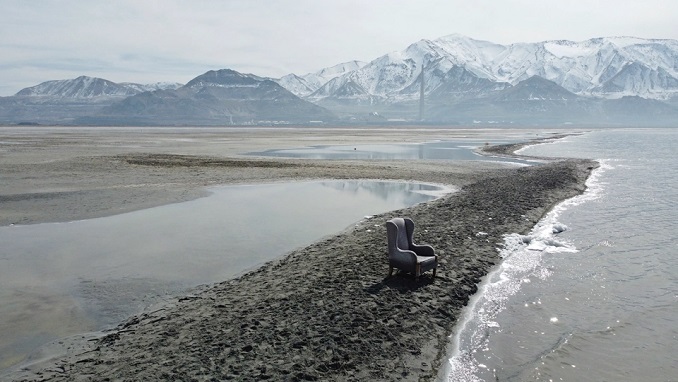
The driest period in human history has crashed down on the American West. The mega-drought being experienced by the West threatens health, agriculture, and entire ways of life.
In Salt Lake City, Utah, the air pollution was so bad last year that it set off fire alarms in a local sports medicine clinic. The air pollution that day in Salt Lake City was judged to be the worst in the world on that particular day.
Cars and wildfires contribute to Utah’s air pollution, but the Great Salt Lake is also a contributor. It is the largest saltwater lake in the Western Hemisphere, sitting just northwest of Salt Lake City.
And now the massive body of water is drying up because of water use and drought amid global warming and climate change. A combination of drought and water usage is causing the Great Salt Lake’s water level to plummet, exposing more of the lake bed and releasing more dust.
With it comes a release of dust with toxic metals, including arsenic, into the air of the populated metro area with approximately 1.2 million people.
Particle pollution in the air has been linked to asthma, heart attacks, worsened lung function, and premature death.
Utah is not the only city experiencing air pollution due to climate change causing the drying up of bodies of water.
Similar issues are occurring near California’s Salton Sea, where the drying sea is also kicking up dust. Across the world, Iran’s salty Lake Urmia has also been shrinking, as has Africa’s Lake Chad and the Caspian Sea between Europe and Asia.
In the Salt Lake City area, heavy metals including arsenic are also being found in the dust from the lake. The Environmental Protection Agency has said that inhaling arsenic may cause lung cancer, as well as skin, cardiovascular and neurological effects. Short-term effects from dust will immediately impact people’s health.




Be the first to comment